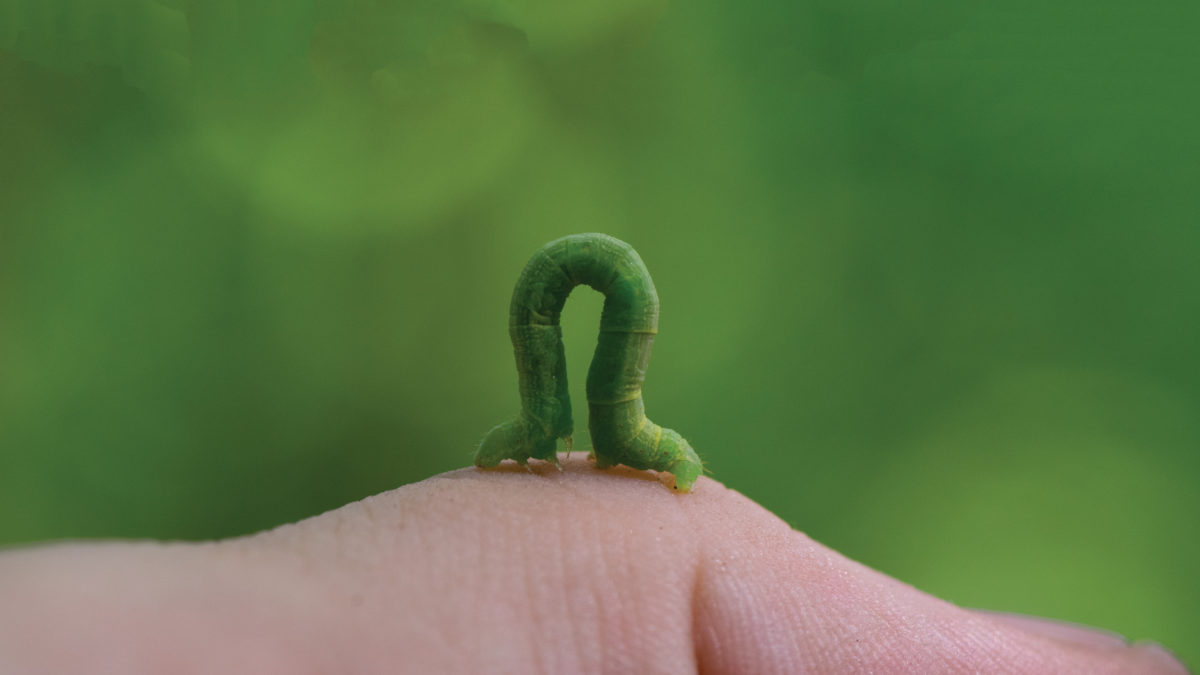
Great Outdoors University
12.08.17
Winter Tree Care
12.08.17
Bay City Mine Wisconsin State Natural Area #280 Pierce County
Step-By-Step instructions for how to protect your trees
Want to avoid the onslaught of cankerworms in the spring? Now is the time to act.
WHEN?
Last week in November until mid-December
WHAT?
Go to your hardware store and purchase:
- Disposable gloves (optional)
- Roofing felt or Nifty Wrapper plastic wrap (super-convenient, 5” x 1000’ roll)
- Cotton or fiberglass batting (sold as pipe insulation)
- Catchmaster, Stik-N-Stop or Tanglefoot product
- Staple gun
- Putty knife
HOW?
- Install a 4’ 6” wide strip of cotton batting or insulation around the tree at least 3 feet from the ground and below the lowest limb. Staple to the trunk of tree.
- Circle the batting on the tree trunk tightly 2 or 3 times with the plastic wrap or duct tape, producing a band at least 6” wide. Put extra batting under the band in spots where irregularities or grooves in the bark might allow the wingless moths to crawl under the band.
- Use a putty knife to put a film of the sticky substance directly on the band, about 1/16” thick and 2” wide.
If the surface of the band becomes covered with bodies of the moths, others will be able to climb over on the bodies of the dead moths. If this happens, add another band above the first one.
Banding is effective if all affected trees in the area are banded, so encourage your neighbors to join in the effort.
Not every species of tree needs to be banded. Most deciduous trees are impacted. Band the largest ones in your yard, beginning with oak. There is no need to band trees like pines, magnolias and hollies.
Remove the band in mid-April, including the staples.
For more information about banding, visit cankerworm.charmeck.org.
